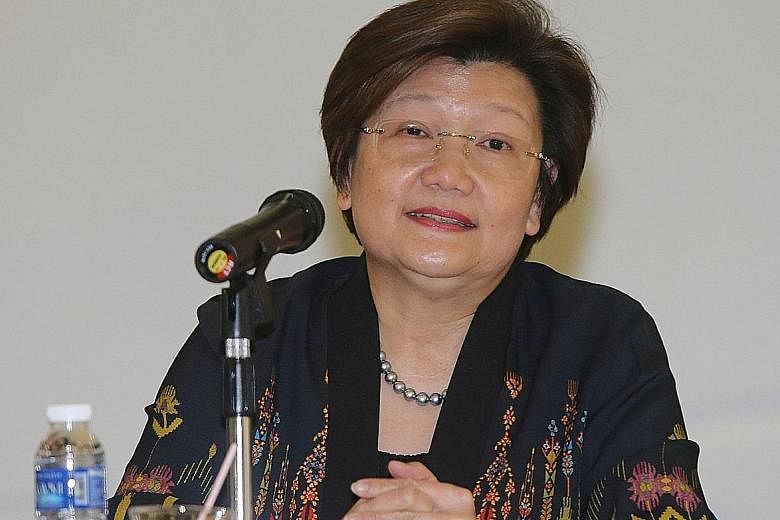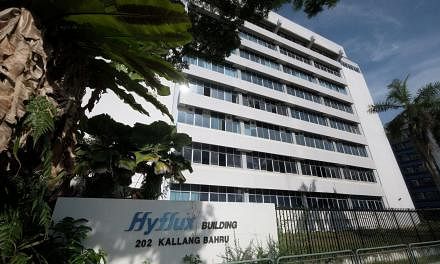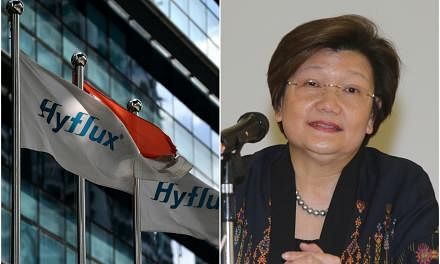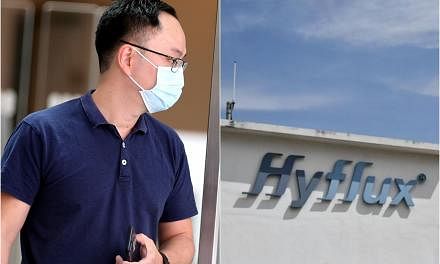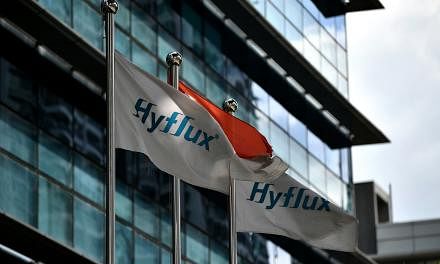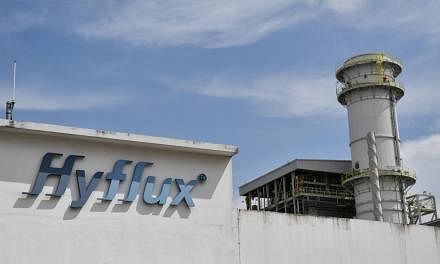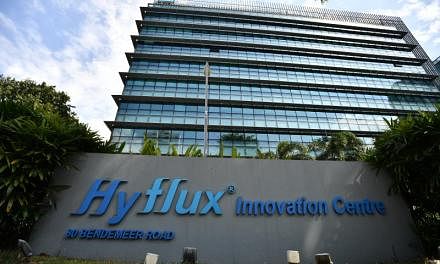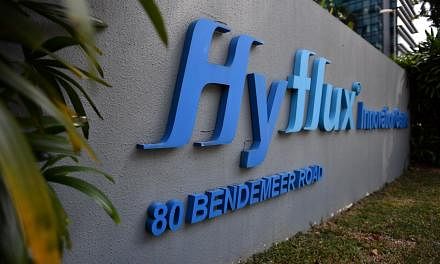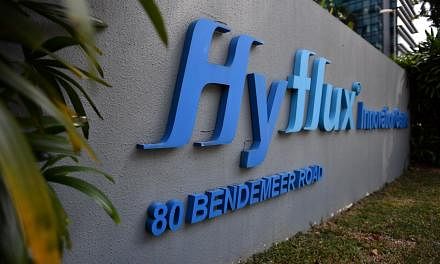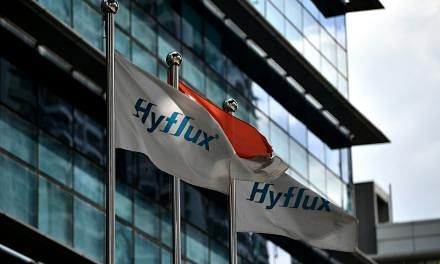The Securities Investors Association (Singapore), or Sias, has raised a slew of questions regarding troubled water treatment company Hyflux - from its chief executive's "large remuneration" even as the firm racked up debt and losses, to the "faults and defects" in its assets.
In a letter signed off by its president David Gerald and on behalf of the company's stakeholders, Sias expressed concern that questions on the company's operations, the valuation of its assets and the accountability of its board of directors have yet to be addressed.
These are issues that would help securities holders make an informed decision on Hyflux's ongoing debt revamp, Sias noted, posing a list of over 30 questions to the company's board and its advisers.
Among them are whether chief executive Olivia Lum will have a role in Hyflux after its restructuring and why she is not contributing her gains from the company to this process. Sias flagged that Ms Lum received over $60 million in dividends "in the time that shareholders and bond holders have seen their entire investment destroyed".
In 2017, when Hyflux reported losses of $115.6 million, Ms Lum received between $750,000 and $1 million in salary, benefits and bonuses, Sias said.
"How was Hyflux able to justify such large remuneration given (its) financial position and the performance of (its) businesses and assets?" Sias asked, questioning as well if there has been an independent investigation on the role of key executives in the firm's collapse.
-
$60m
Sum in dividends that Hyflux CEO Olivia Lum received "in the time that shareholders and bond holders have seen their entire investment destroyed", according to Sias.
The letter presents the latest challenge to Hyflux's restructuring attempt after filing for bankruptcy protection and suspending share trading. The company has around 50,000 ordinary shareholders, bond holders, perpetual securities holders and preference shareholders. It owes $900 million in principal value to perp and preference shareholders who were told last month they would lose everything if the company is liquidated. Another $265 million is owed to bond holders. In total, Hyflux's debt amounts to $2.95 billion as of end-March last year.
Sias in its latest letter said there appeared to be "material faults and defects" in almost every Hyflux asset.
They either have operational problems and cannot operate at or close to capacity - as is the case of projects in Qurayyat, Oman, and Magtaa, Algeria - or are loss-making and cannot service their debt with cashflow from operations. This is the case for the Tuaspring Desalination Plant in Singapore, as well as the Tianjin Dagang Desalination Plant in China. Other projects are not complete, referring to the TuasOne Waste-to-Energy Plant in Singapore and operations in Tlemcen, Algeria.
"What level of scrutiny did the board of directors apply to the operations of the main assets of Hyflux? Why were these faults and defects not announced or described in annual reports?" asked Sias. It questioned how pricing for engineering, procurement and construction contracts were made and if these were board-approved in large projects.
Another issue was why the board continued paying dividends when operating cashflow was negative, and how it was possible for Hyflux to report profits each year prior to 2017 despite negative operating cashflow.
Given that Hyflux raised $500 million of perpetual securities and $400 million of preference shares that are outstanding, Sias asked how the funds were used, compared to what was set out in prospectuses.
Among its other queries, Sias asked when directors or management knew Hyflux would not meet its debt obligations, and why the company did not seek help earlier.
